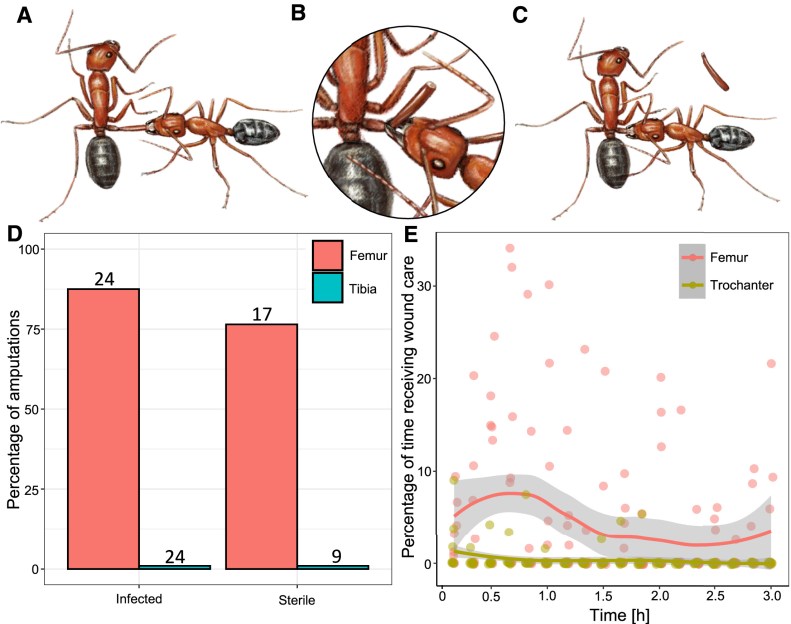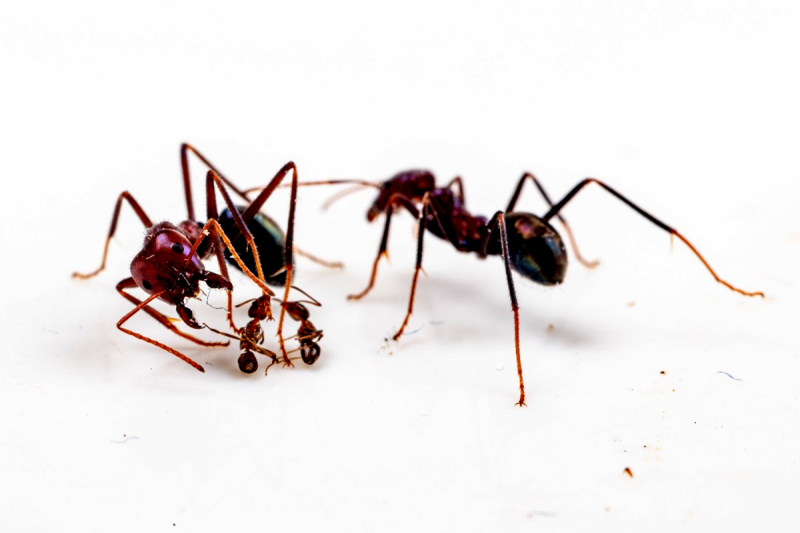Surgery — Not Just For Humans Anymore

Sometimes, a limb is damaged so badly that the only way to save the patient is to amputate it. Researchers have now found that humans aren’t the only species to …read more Continue reading Surgery — Not Just For Humans Anymore
